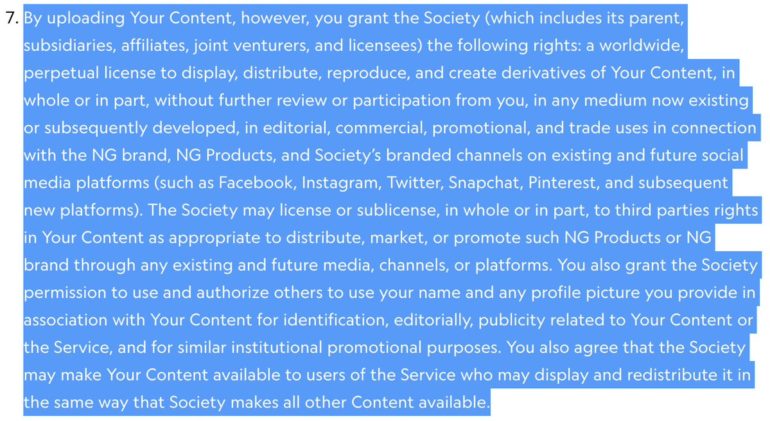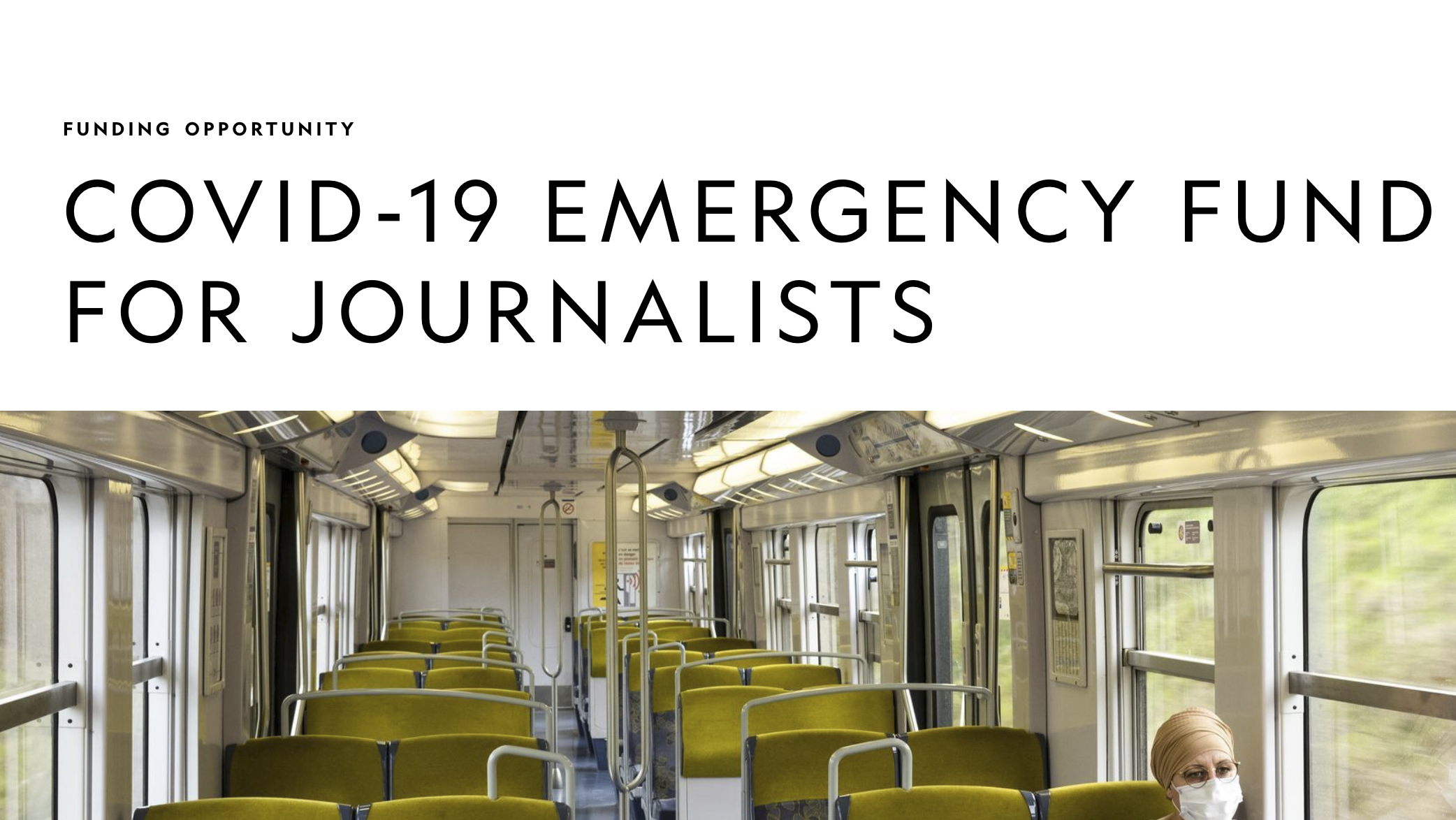Last Updated on 04/05/2020 by Mark Beckenbach
National Geographic is offering up to $8,000, but at what expense for the photographers?
Making a sustainable income as a photojournalist isn’t easy even at the best of times. Doing it during a global crisis where everyone is feeling the strain is pretty much impossible. To help keep the flow of quality photojournalism running, National Geographic is offering applicants between $1,000 to $8,000 so that they can keep working on stories. That sounds like an incredible opportunity on the surface. However, after doing a little reading into the Terms and Conditions, some photographers believe National Geographic is overstepping the mark when it comes to a photographer’s ownership of their photos.
Is National Geographic Performing a Rights Grab?
Twitter user @andrewdolph wrote:
“A @NatGeo call for grant applicants interested in doing work on #COVID19 is making the rounds on the internets. Signup to use the website itself requires agreement to the T&C’s. Section contains language that’s a total in perpetuity rights-grab. @thischrishorne @ToddBigPhoto”
– Andrew Dolph
Dolph is specifically referring to section seven of the T&C’s that essentially asks photographers to agree to allowing National Geographic the ability to redistribute their work on other platforms that either relate or don’t relate to the application itself. For example, if a photographer submits a landscape photograph as part of their application, and then in two years’ time National Geographic (or any of its sister companies) wants to use that image for a huge commercial campaign, they could – without compensating the photographer.
So, in essence, National Geographic may not deem your work good enough for funding, but perfect for marketing. And they wouldn’t have had to pay a single penny for it. Does that sound fair?
” Again, the message is clear: your photographs are good enough to earn us money, but they’re not good enough for us to pay you.”
The answer is no; it isn’t fair. Whether they want to do good or not, it’s taking advantage of the fact that the brand will attract many photographers hoping to catch a break. And especially at a time when photojournalists are thinking how they’re going to pay rent, the grant will attract more interest than it would under normal circumstances. Sure, a handful of photographers will benefit greatly from the grant. $8,000 is enough to keep things steady for a few months. But for the majority of photographers, they are submitting free images for the Society to use as it wishes. That’s a huge slap in the face for freelance photography.

It’s Not Just National Geographic
The T&C’s issued by National Geographic is not uncommon. Many large organizations put out rights grabs all the time. Free image sourcing website, Unsplash, has been one of the main culprits of devaluing the worth of a photographer. Millions of images are uploaded to be used in a range of ways without any form of compensation to the creator. Life Framer, the brand constantly pushing big photo competitions, is also part of this toxic culture. One photographer, who asked not to be named, said they saw their photograph being used by Life Framer for promotional campaigns for a competition they entered in the past. “I didn’t even win the competition. Instead of using the winner’s photograph, they use mine…” they told The Phoblographer.
And remember, most of these companies are earning big profits (NatGeo runs as a non-profit). And the images submitted are helping them achieve that. Again, the message is clear; your photographs are good enough to earn us money, but they’re not good enough for us to pay you.
Who’s to Blame?
Big, prestigious organizations are able to capitalize on the fact photographers want to be associated with their brand. “Imagine getting National Geographic on your resume, that would be so cool.” And yes, it would be amazing. But being cool doesn’t pay bills and stock your fridge. And while it’s easy to look at big organizations and point the finger, we also have to take a step back and look at ourselves. When did we, photographers, get so desperate that we are prepared to give up livelihood for exposure? Right now is a desperate time, which makes any company taking advantage of that both unethical and uncaring in my eyes. But rights grabs such as this aren’t new. They have been happening for years, and we allow it.
We have the power to break the trend by stopping the funding of these rights grabs with free photographs. Am I suggesting photojournalists don’t apply for the National Geographic funding? No. I understand that any form of financial support is life-changing for those who need it right now. But, we can begin to change the way we think about giving up our work so easily, and in time bring some of the control back into our hands.
What Changes Can Big Companies Make?
As for the organizations, they could start to show some respect for freelance photography by limiting the amount of control they have over our work. If they want to use a photograph to promote a grant or competition on social media, I think most of us can live with that. But only if the image used was entered into the specific grant or competition being advertised. When it goes beyond that, these organizations need to show some common decency and appreciation for the craft. If they think the work is good enough for a marketing campaign, then ethically, they should put into the pot and ensure the photographer is compensated fairly for their work. That would show some real empathy in these testing times.
Photographers Need to Think Business
Art and business have never mixed well. But, in a capitalist society, there’s no avoiding business, no matter how artistic you are. Photography, although a way of expressing human creativity, has to be seen as a business by all of us. No small business survives by giving its product away for free. Instead, it sinks, and larger companies continue to reign and take control. As hardworking photographers, we are that small business. And to keep the lights on we must be paid what our products are worth. Unless we believe our photography isn’t worth a dime, then we shouldn’t be giving these large organizations the freedom to take advantage of our position: we should be revolting. We should be letting them know our worth, and asking them to pay up or go away when it comes to using our content.


